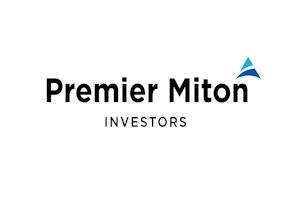It has become standard practice among issuers to no longer charge extra basis points for currency hedged share classes when bringing fixed income ETFs to market, however, there are still a number of strategies listed in Europe that continue to do so.
Highlighting this, Europe’s largest fixed income ETF, the €10.9bn iShares Core € Corp Bond UCITS ETF (IEAC), has a total expense ratio (TER) of 0.20%, however, the currency hedged share classes come with fees of 0.25%.
This is the case for many fixed-income ETFs that were launched over five years ago when the financial engineering involved may have justified the higher costs, however, these days are long gone.
For example, the iShares Core Global Aggregate Bond UCITS ETF (AGGG), which was launched in November 2017, charges 0.10% for both unhedged and hedged share classes.
One must remember, AGGG offers exposure to the Barclays Bloomberg Global Aggregate Bond index, a more complex strategy that requires the hedging of multiple currencies.
If issuers can track an index of this nature and hedge the exposure for the same price then there is no reason why this cannot be the case for fixed income ETFs that require one currency to be hedged.
As Wayne Nutland, head of managed index solutions at Premier Miton, said: “Currency hedged share classes can cost an additional five basis points, which set against single-digit basis point TERs for the unhedged exposure, seems high when there is just one currency being hedged, especially considering that there are hedged global aggregate ETFs are available at no additional cost.
“Given that many retail investors and IFA platforms are unable to use currency forwards to hedge, the additional costs of currency hedged share classes may be impeding the take up of bond ETFs by retail investors and IFA platforms.”
The ETF industry has developed dramatically over the past few years and this would be another step in encouraging more investors to turn to the wrapper for their fixed income exposure. Let's see if ETF issuers react.



